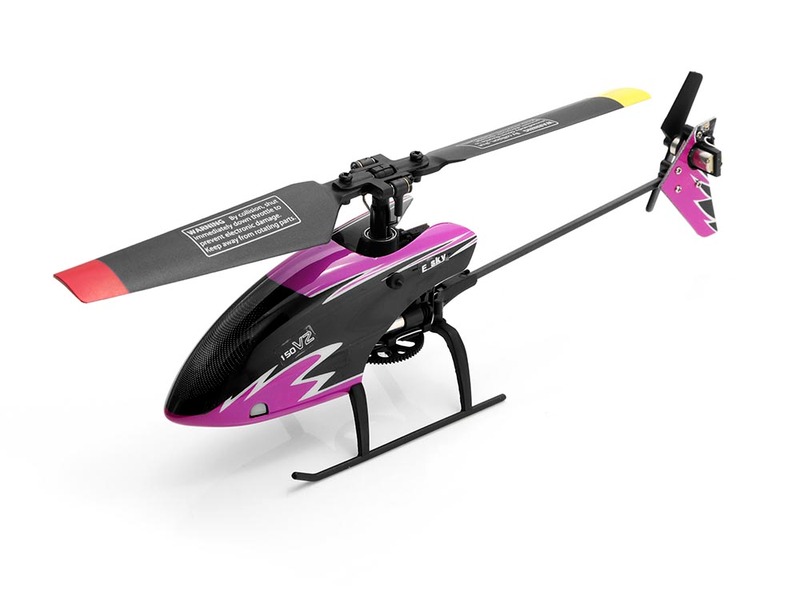How do helicopters fly forward?

Helicopters are a type of rotary-wing aircraft that use a combination of lift generated by the rotor blades, thrust from a propulsion system, and aerodynamic forces to fly forward. Helicopters are unique in that they are able to take off and land vertically, hover in one spot, and fly in any direction.
The lift generated by the rotor blades is the primary force that allows helicopters to fly. The rotor blades are essentially wings that are connected to a hub. As the blades rotate, they generate lift. This lift is created by the Bernoulli principle, which states that as air moves faster over the top of the blade, the pressure decreases, resulting in an upward force. The lift generated by the rotor blades is directed upwards, providing the helicopter with an upward thrust.
The propulsion system of a helicopter provides the forward thrust that allows it to move forward. This is accomplished by the engine, which turns the main rotor blades and the tail rotor. The main rotor blades provide the lift that keeps the helicopter in the air, while the tail rotor provides the thrust that propels the helicopter forward. The tail rotor is located at the rear of the helicopter and is used to counteract the torque created by the main rotor blades.
In addition to the lift generated by the rotor blades and the thrust provided by the propulsion system, helicopters also rely on aerodynamic forces to fly forward. This includes the forces generated by the wings, which provide additional lift and stability. The wings also help to reduce drag, allowing the helicopter to move more efficiently through the air.
Finally, the pilot of the helicopter must use the controls to control the direction and speed of the helicopter. This is done by adjusting the pitch and angle of the rotor blades, as well as the speed of the propulsion system. By doing this, the pilot is able to control the lift, thrust, and aerodynamic forces, allowing the helicopter to fly forward.
In summary, helicopters are able to fly forward by using a combination of lift generated by the rotor blades, thrust from a propulsion system, and aerodynamic forces. The lift generated by the rotor blades is directed upwards, providing the helicopter with an upward thrust. The propulsion system provides the forward thrust, while the wings help to reduce drag and provide additional lift and stability. Finally, the pilot must use the controls to adjust the pitch and angle of the rotor blades and the speed of the propulsion system to control the direction and speed of the helicopter.

